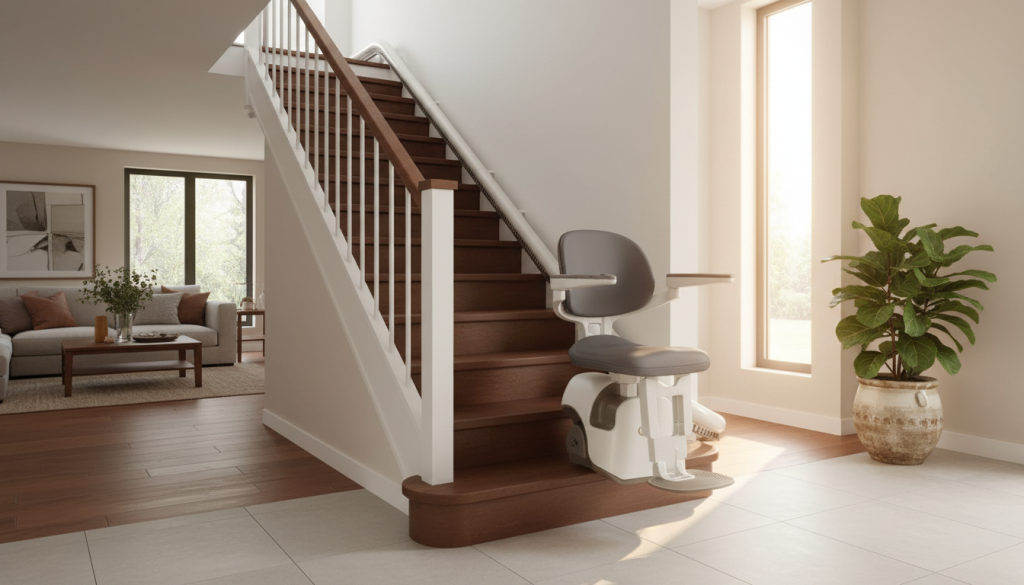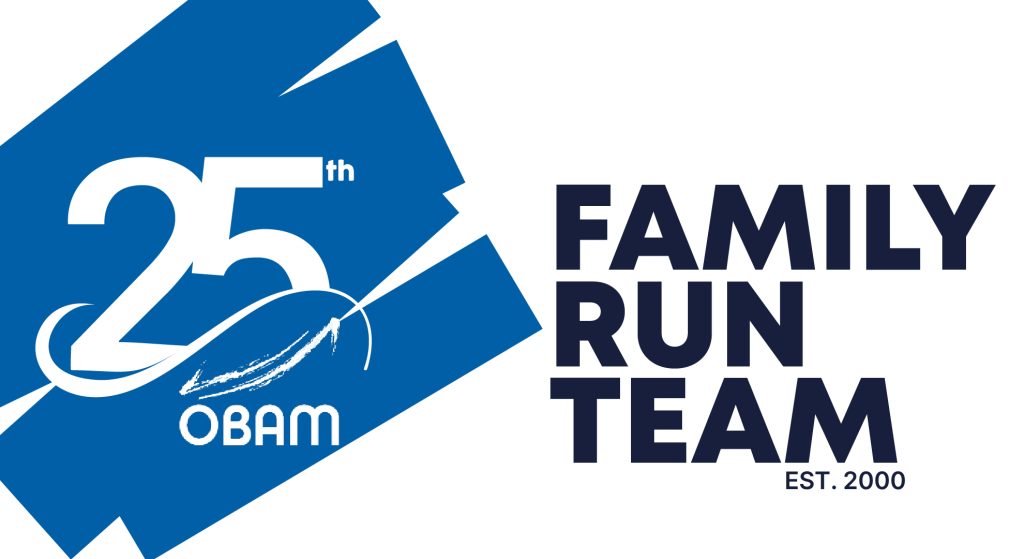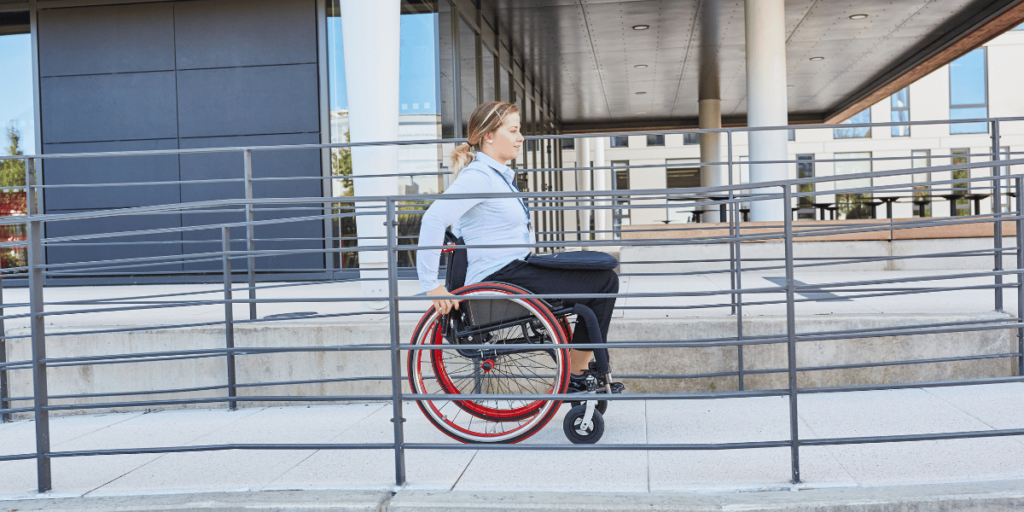 One of the critical characteristics of adaptations is just that; they are adaptations rather than permanent changes. They allow you to adapt your home rather than permanently change it.
One of the critical characteristics of adaptations is just that; they are adaptations rather than permanent changes. They allow you to adapt your home rather than permanently change it.
This means that any adaptation you make to your home, you should be able to remove it again. Generally, mobility adaptations can be removed as quickly and efficiently as they were installed.
There can be several circumstances where the person the adaptations were installed for no longer needs them. One example is if their disability or illness is only temporary and they recover, the adaptations are required only for a short period. This is often the case if an individual is convalescing. They don’t need to stay in the hospital for months to recover and can come home so that another patient can make use of that bed and they can be more comfortable in their own home.
However, despite being well enough to come home, they might not be ready to manage it without some temporary short-term changes. In this situation, adding some ramps over the thresholds or a stairlift to help them get up and down stairs can be the vital difference between that person being able to stay at home or not. Still, once the individual is better, they often do not want the adaptations remaining in their home.
Another example is if the individual has to move out of their home to go into a care home or live with family and friends. In this scenario, those who remain in the house will likely want to remove the adaptations as they will not need them.
If the person using the adaptations decides to move out and sell their house, then they will also want to remove the adaptions, as the new homeowners are unlikely to want them, and they might be able to transfer them to their new home.
If they sadly pass away, then it is also likely that any loved ones who are left behind will want the adaptations removed, as it helps to remove the memory of that adaptation being needed. People prefer to remember their loved ones when they were fit and healthy rather than ill and needing help.
In any of these situations, it is generally relatively easy to remove adaptations. Although many people think that stairlifts are fitted to the wall, they are just fitted to the stairs and can be quickly taken away if they are no longer needed. Although a stairlift looks like a permanent fixture in a home, it is as if nothing is ever there once it is removed.
Modular access ramps are also extremely easy to remove. Just as they can be installed within a day, so too can they be removed within a day. Unlike concrete ramps, which are permanent fixtures, modular access ramps are slotted together like giant pieces of Meccano and are easy to disassemble.
Through-floor lifts are slightly trickier to remove, as when the lift is first installed, a hole is made in the ceiling of the ground floor room and the floor of the space above it so that the lift can go from one floor to the next. However, the hole left when the through floor lift is removed can be made to be just a hatch so that although it is still there, it is hidden from sight.
Therefore, if you are worried about having adaptations installed in your home because you think they will be a permanent fixture, call Obam first to discuss your requirements, as installing adaptations may be a far more flexible and temporary process than you initially thought. To speak to Obam’s experienced and friendly staff about your adaptations needs, please call 01427 787532 or email info@obam.co.uk







